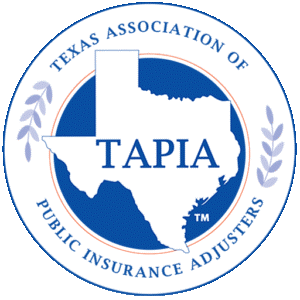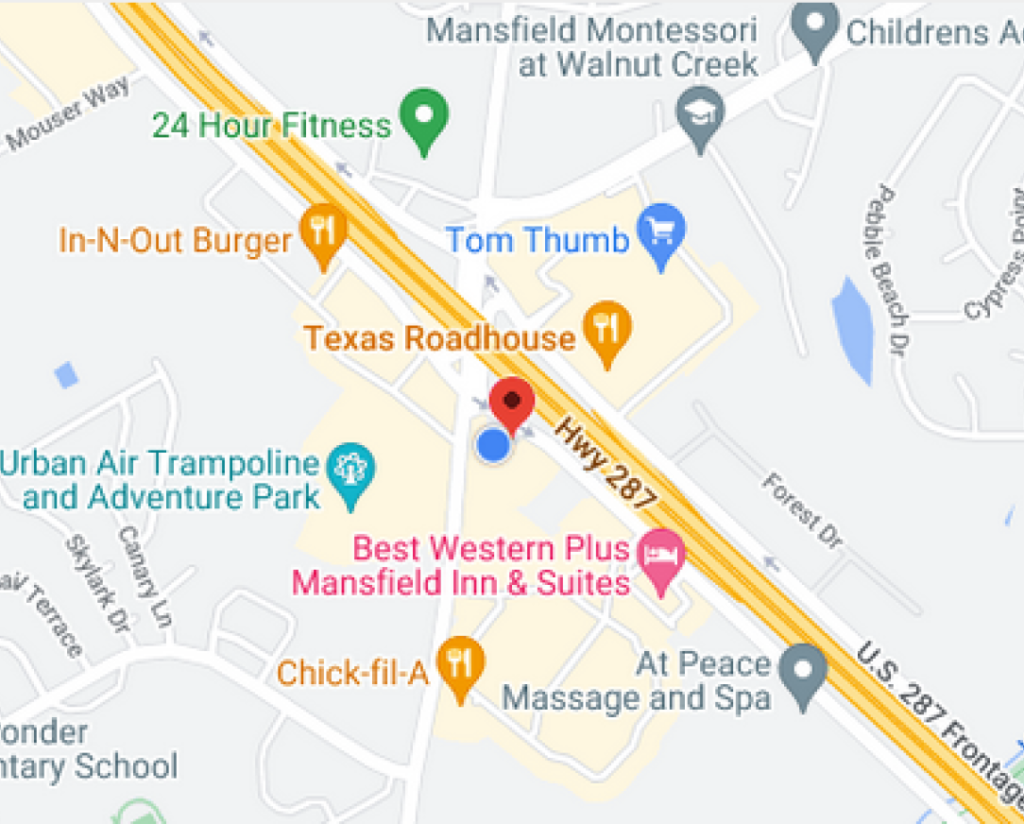As a responsible business owner, you probably already have a general insurance policy that protects you against lawsuits and other claims. However, you may not have all the coverage that you need for different contingencies. One type of protection that is often overlooked is business interruption insurance. Business Interruption insurance or BI is usually sold not as a standalone policy but as a rider to your existing insurance. This type of policy only pays out if the underlying property/casualty policy covers the cause of the business income loss, and the amount payable is typically based on the past month’s financial records of the business.
BI coverage lasts until the end of the business interruption period (up to the policy’s coverage limits) or for 30 days, whichever comes first. Additional endorsements can be added to extend this coverage up to 360 days. Most BI policies define this period as the date the covered condition began until the time the damaged property is repaired and returned to the same state it had prior to the qualifying incident. There may be a waiting period, usually 48 or 72 hours before coverage kicks in.
If your business shuts down due to a covered loss, business interruption insurance can help cover operation expenses like:
- Revenue income you would usually make if your business was open.
- Mortgage, rent, and lease payments- for the physical space used by your business.
- Loan payments-many business loans require monthly payments, and these don’t stop if your business shuts down.
- Taxes-including both monthly and quarterly tax payments
- Payroll-You don’t want to lose your employees during a shutdown; BI will help you cover salary costs and allow you to recover more quickly.
- Relocation costs-If you must move to a new or temporary location because of physical damage.
- Additional expenses-for example, the cost of moving to a new or temporary location.
- Training costs-so employees can learn how to use new machinery or equipment after a covered loss.
- Fixed costs-operating expenses and other incurred costs of doing business.
- Civil authority ingress/egress restrictions-A government-mandated closure of business premises such as a curfew or street closures related to a covered event.
Examples of events covered by a BI policy include wildfires, hurricanes, tornadoes, hailstorms, and landslides. Every business interruption policy will have a coverage limit. It can be challenging to figure out how much BI coverage you need. A good rule of thumb is to use your gross earnings and projections of future estimated profits to determine the right amount of coverage. Anything over the coverage limit will have to be paid out of pocket. Questions you can ask yourself when selecting how much BI insurance you might need include the following: How long would it take your company to recover after a physical loss or damage? Does your building have up-to-date fire safety features such as sprinklers and fire alarms? If you suffered a covered loss, do you think you could find another location in your area to rent as a temporary spot to do business?
Of course, no insurance policy will cover every possible contingency, and there are some exclusions to be aware of — for example, broken items resulting from a covered event or loss. Flood and earthquake damage is not covered, and you will need a separate policy for those items. Utilities will not be paid because they are typically turned off during and after an event that causes damage. Finally, infectious diseases are also excluded. Nonetheless, a good BI policy can be a real lifeline for your business in a difficult situation; contact National Claims Negotiators when disaster strikes. We can assist you with a Business Interruption Insurance claim.




